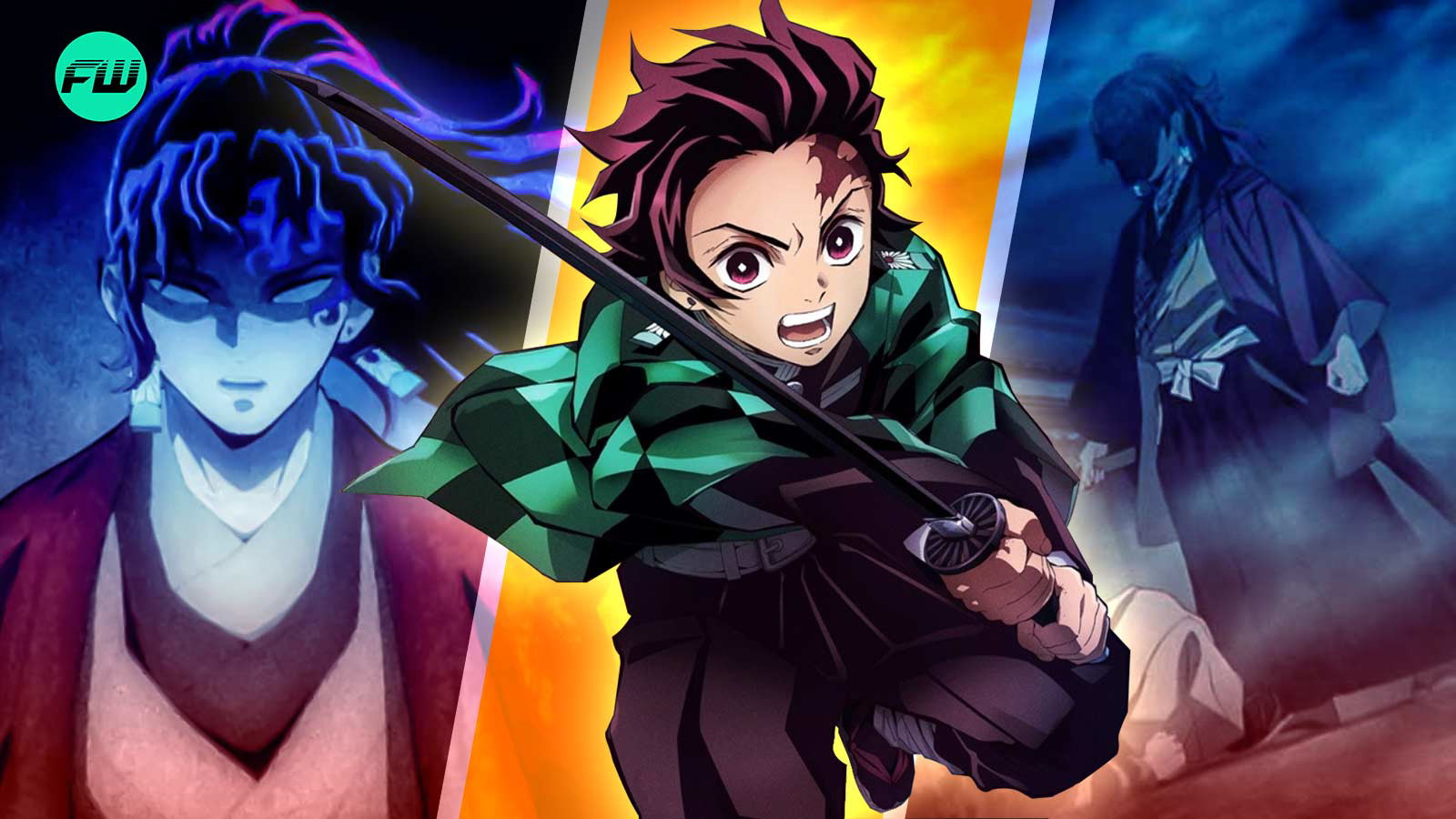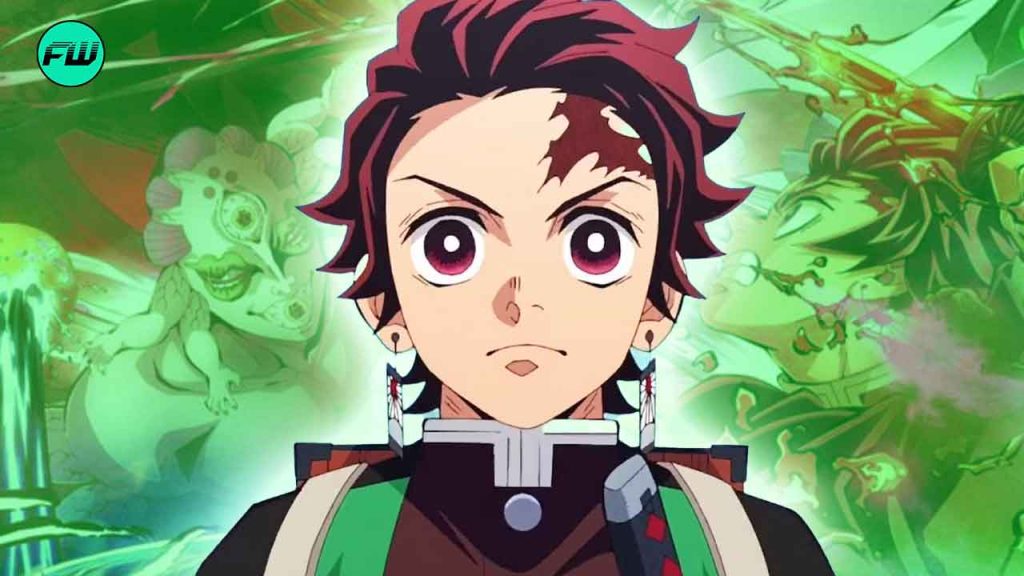Koyoharu Gotouge’s storytelling skills are evident in the most recent season of Demon Slayer, especially in the way Yoriichi Tsugikuni’s legacy has been carried on. The series’ profound impact is boosted by Gotouge’s skill, which is shown by the cultural references intertwined throughout the story. We may recognize the careful attention to detail that puts Demon Slayer in the status of a masterpiece by exploring these cultural parallels and their potential implications.
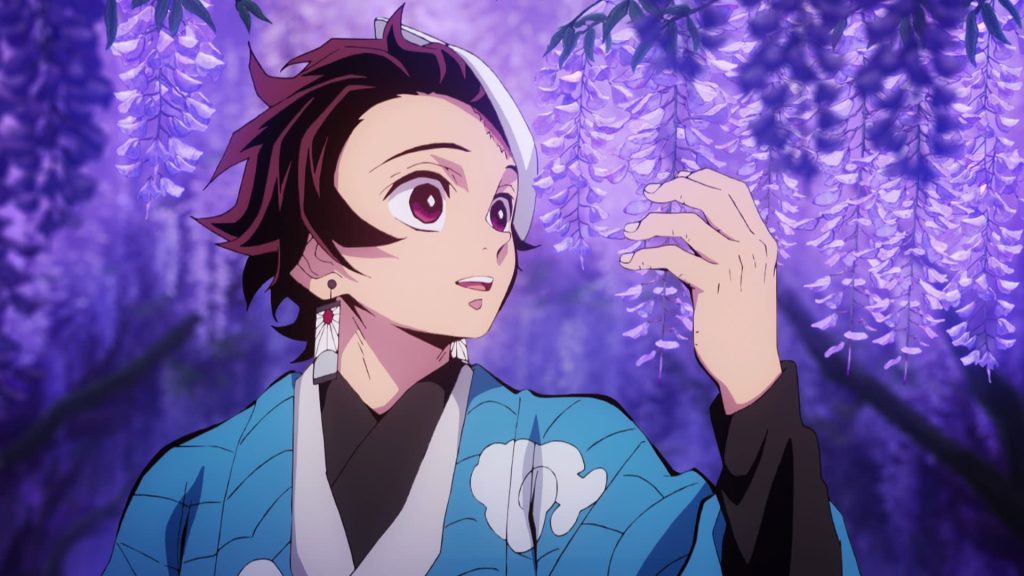
Demon Slayer Season 4’s last episode offers a compelling and intense narrative that neatly connects the main storyline, character arcs, and cultural implications. By analyzing the key moments from this episode we can appreciate the complex storytelling, character development, and thematic depth much better.
The Cultural Implications and Hinokami Kagura Parallel
X user @kimetsukyo has recently shared a post highlighting the hidden implications portrayed in episode 8 of Demon Slayer Season 4. They explained the cultural references present in detail that many fans might overlook.
In Episode 8 of Season 4, Ubuyashiki’s children were seen singing “Warabe Uta”, a traditional song commonly sung by children on New Year’s Eve. This seemingly minor detail implies that the final battle against Muzan Kibutsuji occurred from New Year’s Eve into the dawn of the New Year.
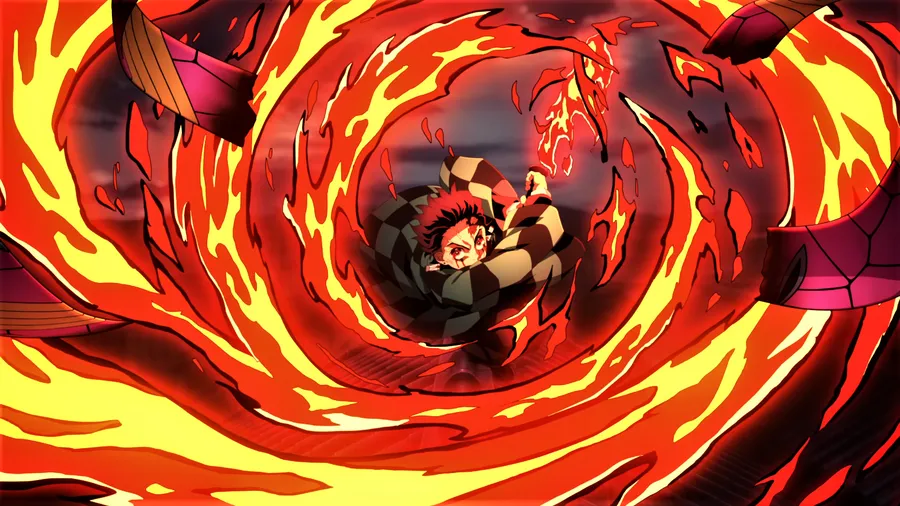
The Kamado family has been performing the sacred dance known as the Hinokami Kagura or “Dance of the Fire God” for generations. According to the family customs, this dance would be performed all night on New Year’s Eve by the descendants of Sumiyoshi in order to ward off evil spirits and protect their houses and loved ones. This ritual depicts the ongoing struggle against evil, which is a major theme of Demon Slayer.
Koyoharu Gotouge cleverly connects Tanjiro’s key technique to this family tradition by setting the final fight against Muzan for New Year’s Eve. Tanjiro’s fight against Muzan symbolizes a spiritual continuation of the Hinokami Kagura, not just a physical battle. As Tanjiro battles nonstop from nightfall to dawn, it personifies the traditional dance of Hinokami kagura to get rid of evil, which in this case is Muzan.
Gotouge’s Powerful Writing and It’s Impact
The fans have been blown away by this detailed explanation of the last episode of Demon Slayer. The comment section of this post has been buzzed with the episode’s emotional depth, stunning animation, and the satisfying conclusion to Tanjiro’s relentless journey. They also praised Koyoharu Gotouge’s detailed storytelling and the powerful symbolism embedded in the story.
The battle against Muzan is deeply linked to Yoriichi Tsugikuni’s legacy, the epic swordsman who invented the Sun Breathing technique. Tanjiro’s use of Hinokami Kagura is a continuation of Yoriichi’s battle with Muzan. Tanjiro not only takes revenge on Muzan but also completes the goal that Yoriichi started decades ago.
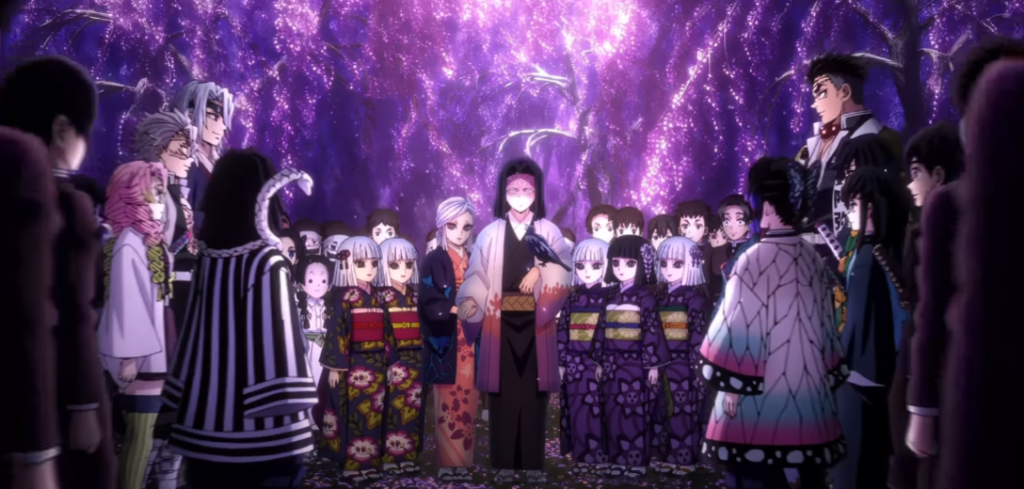
This reference shows Gotouge’s superb writing and extensive knowledge of cultural symbolism. Tanjiro’s success resonates deeply with fans because it is not just a personal accomplishment but also the completion of a generational duty.
As fans eagerly wait for the next developments in the series, this detail stands as evidence of the detailed and immersive world Gotouge has created. Demon Slayer continues to captivate fans as a tale of continuing legacy and profound cultural imprint.
You can watch Demon Slayer on Crunchyroll.

